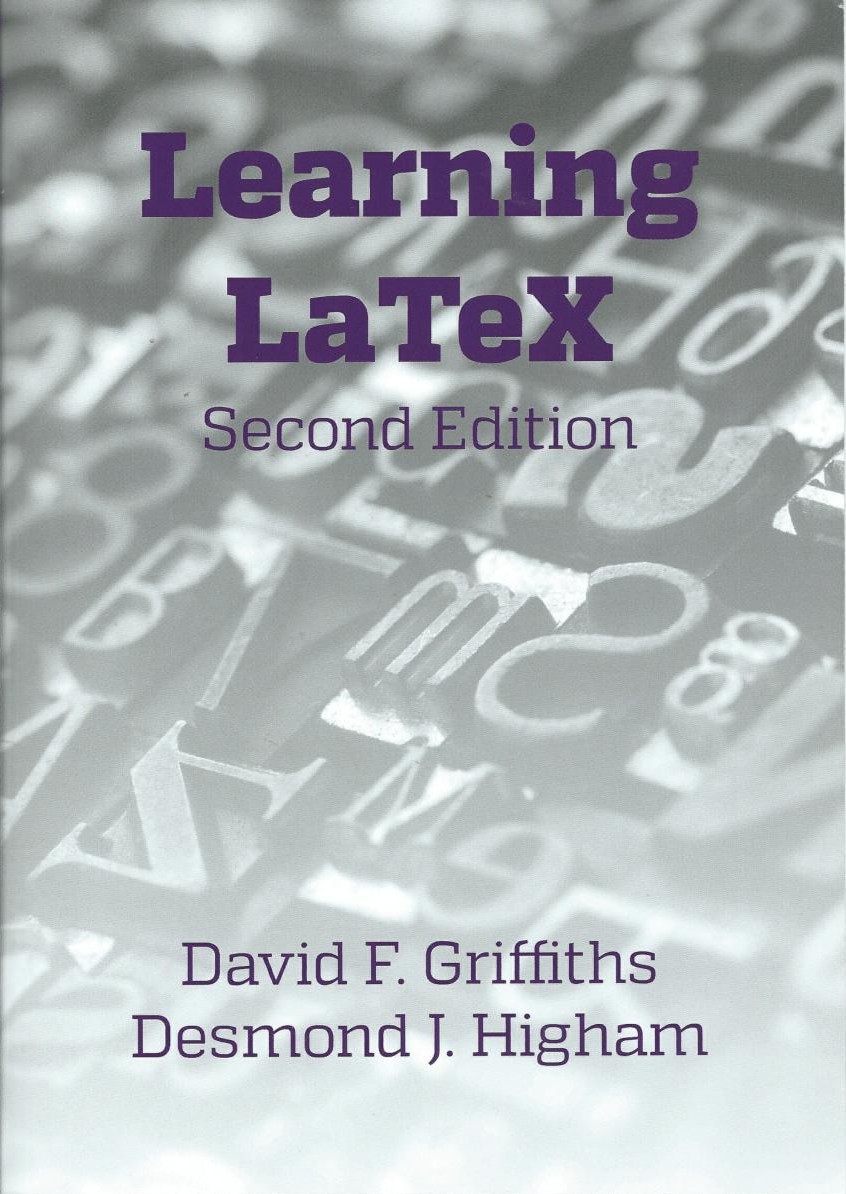
There are two kinds of textbooks. First, there are formidable comprehensive books, covering all aspects of the subject. Even taking such a multi-pound book from its shelf is a hard task. An even harder task is reading such a book from cover to cover; only some courageous students can accomplish it. On the other hand, there are relatively slim books discussing the most important aspects of the topic and offering a student the important first step that starts the journey of a thousand li.
It is very difficult to write a book of the second kind: it requires the cruel skill of paring many pages of potential material, leaving only the essential parts. On the other hand, these books, if done right, have the important property of (near) immortality. The fundamentals of a field are long lasting. While the less essential material filling the thick volumes quickly becomes obsolete, the dog-eared slim introductory books are transferred from generation to generation, heavily read and consulted—until the progress makes even them too old. Every practitioner can name titles like these in their fields.
For several generations of LaTeX users, the book Learning LaTeX by Griffiths & Higham was such a title. Published in 1997, the green years of LaTeX2e, this book has been an indispensable introduction to the subject, treasured by its readers. The book was reviewed on these pages in 2013 (TUGboat 34:2, tug.org/books/reviews/tb107reviews-learnltx.html) and I have had the occasion to note how little in this book was obsolete.
The new edition is still slim, standing at 113 pages (compared to 94 pages in the first one). It adds important material about the amsmath, beamer, and a0poster packages, and the PDF typesetting workflow. On the other hand, the comparison between LaTeX2e and LaTeX 2.09 is, of course, dropped, as well as the discussion of the slides document class. The discussion of Internet resources is updated.
What has persisted between editions is the authors’ keen understanding of the essential features of LaTeX. Of course, some aficionados might object that their favorite parts did not survive the selection (No tikz? Fonts are not discussed? No information about Unicode engines?), but these objections, while understandable, would be ill-advised. This is not a book to make you a TeXnician (or LaTeXnician); this is the great introductory book to make you someone who understands LaTeX and can begin to find a way in this wonderful world of computer typesetting.
As in the previous edition, the authors’ sense of humor shines through the pages. The self-referential examples (“Don’t overuse type-changing. It annoys the reader. And loses impact.”), its funny Great Moments in LaTeX History (expanded and renamed to LaTeX through the years in the new edition) are going to amuse new users as they did the previous ones. By the way, an updated collection of great moments can be found at sinews.siam.org/Details-Page/writing-learning-latex; my favorite is
2022: Under current social distancing rules, the
second component
of every susceptible-infectious-recovered (SIR)
model must be typeset as
dI/dt = \beta I \qquad S - \gamma I.
I have no doubt this edition is going to be as beloved by new generations of LaTeX users as the previous one was by the old ones.